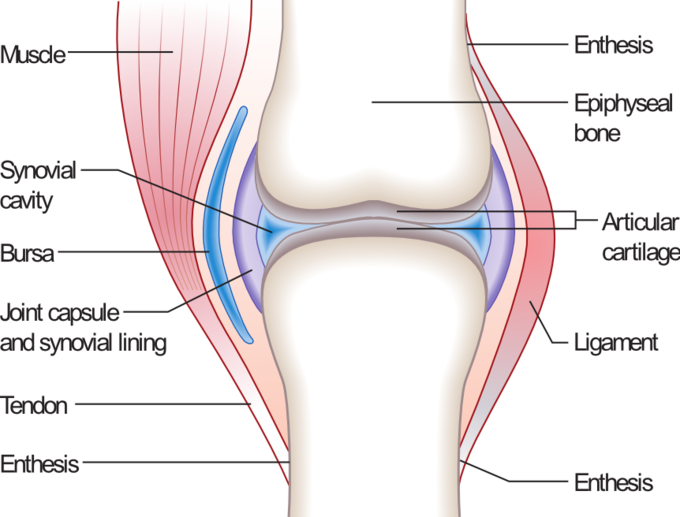
The structure of a joint is adapted for its function by having multiple layers of tissue which provide a range of motion and stability. The layers include a connective tissue layer that provides a cushion between the bones and helps to keep them in place, a synovial membrane which produces fluid that lubricates the joint, and a capsule which is made up of ligaments and tendons that connect the bones together and provide stability. Additionally, the shape of the joint surface, such as the ball and socket shape of the hip joint, can be adapted to provide a range of motion.
